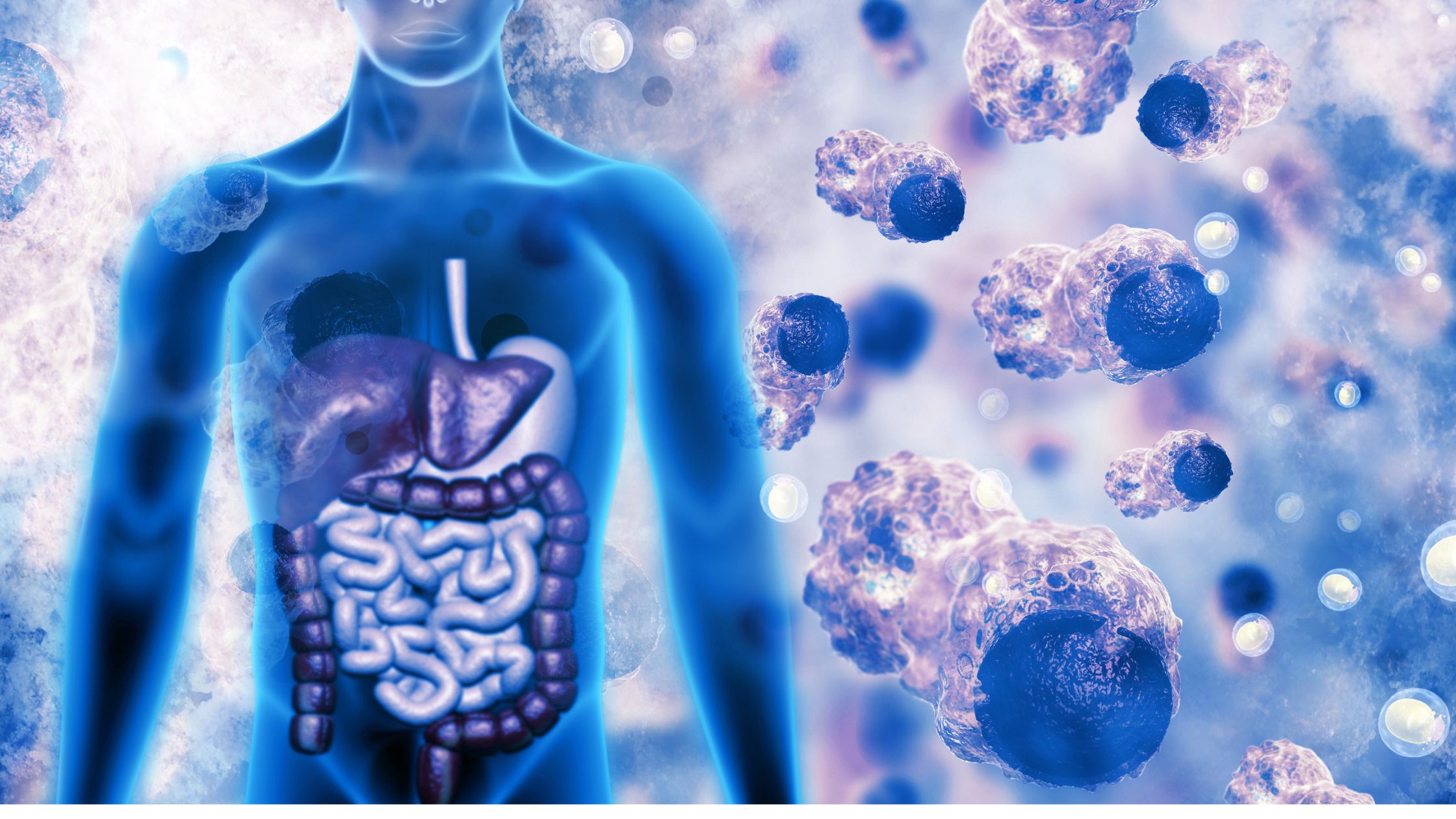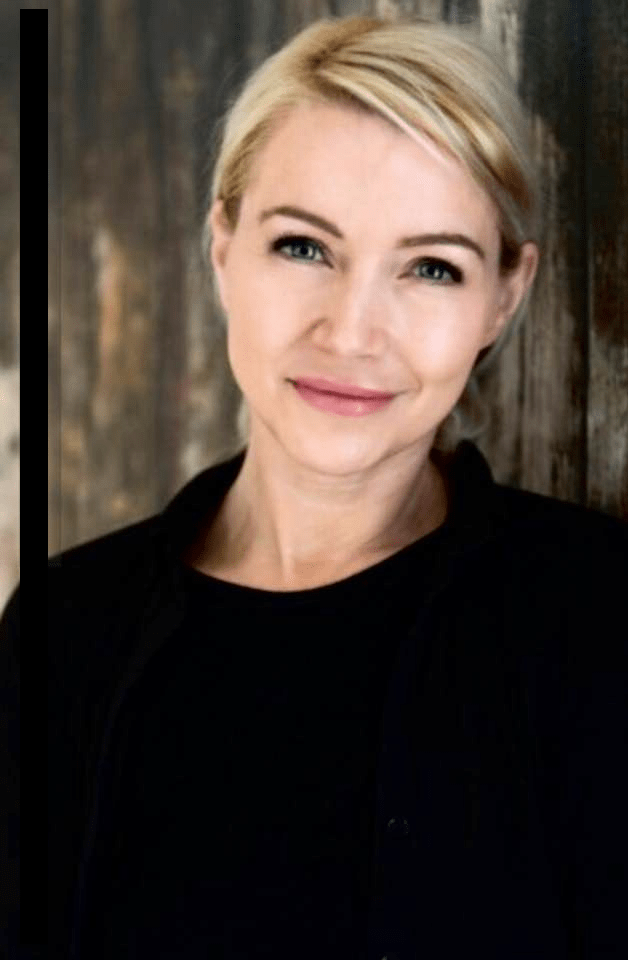Are you the same person you were yesterday or last year?
The human body is composed of trillions of cells, from skin cells to fat cells to bone cells, each with a specific role and cell turnover life cycle.
You’ll see below cell turnover, also known as cell renewal, varies significantly between different tissues and organs.
As our cells renew it’s important to continuously nourish our cells with the nutrients they need.
Here’s an overview of how the cell turnover process works and the frequency of renewal for various cell types:
1. Skin Cells
- Epidermis (Outer Layer of Skin): Skin cells, particularly keratinocytes, renew approximately every 28-30 days. This process involves the production of new cells in the basal layer, which then move upward, gradually becoming dead cells that form the protective outer layer of the skin.

2. Blood Cells
- Red Blood Cells (Erythrocytes): These cells have a lifespan of about 120 days. The body constantly produces new red blood cells in the bone marrow to replace old ones.
- White Blood Cells (Leukocytes): Lifespan varies significantly. Neutrophils, for example, live for about a few hours to a few days, while lymphocytes can live for months to years.
- Platelets: Lifespan is approximately 7-10 days.
3. Gastrointestinal Cells
- Stomach Lining: Epithelial cells lining the stomach replace themselves every 2-9 days due to the harsh acidic environment.
- Intestinal Epithelium: The cells lining the small intestine renew every 2-4 days.
4. Liver Cells
- Hepatocytes: Liver cells have a slower turnover, these cells turnover roughly every 150-500 days. However, the liver has a high regenerative capacity in response to injury.

5. Lung Cells
- Alveolar Cells: The cells lining the alveoli, where gas exchange occurs, renew every 8 days.
- Bronchial Epithelium: Cells in the bronchi renew every 10-14 days.
6. Bone Cells
- Osteoclasts and Osteoblasts: The entire human skeleton is replaced roughly every 10 years through the processes of bone resorption by osteoclasts and bone formation by osteoblasts. Bone is continually being remodeled through the activity of osteoclasts (which break down bone) and osteoblasts (which form new bone). This process means bone tissue is completely renewed around every 10 years.

7. Muscle Cells
- Skeletal Muscle Cells: These cells do not typically renew in the same way as others; instead, they can repair and regenerate to some extent through satellite cells.
- Cardiac Muscle Cells: Cardiac cells (myocytes) have a very low turnover rate. Research suggests that only about 1% of heart muscle cells are replaced per year.
8. Heart Muscle (Cardiomyocytes)
- Growth Completion: The growth of heart muscle cells (cardiomyocytes) largely stops after birth, but the cells can increase in size (hypertrophy). Cardiomyocyte turnover in adults is very low, with studies indicating that about 1% of cardiomyocytes are replaced annually at age 25, and this rate declines with age to about 0.45% by age 75.
- Endothelial Cells: lining the blood vessels in the heart have a turnover rate of about 1-2 years.
9. Brain & Neurons
- Central Nervous System: Neurons in the brain and spinal cord are mostly non-renewable after a certain developmental stage. However, some brain regions, like the hippocampus, exhibit neurogenesis (formation of new neurons) throughout life, though at a slow rate.
- Hippocampal Neurons: Neurogenesis in the hippocampus occurs throughout life but at a very slow rate. Estimates suggest that around 1.75% of hippocampal neurons are replaced each year.
- Cerebellum Grey Matter: Growth Completion: The cerebellum’s grey matter stops growing around the age of 2-3 years, after which it undergoes pruning and maturation rather than growth.
10. Adipose Cells
- Fat Cells (Adipocytes): These cells have a turnover rate of about 8 years. Adipocytes can expand and contract in size, but their number can increase through differentiation of precursor cells. So whilst relatively long-lived they do undergo continual renewal with the generation of new adipocytes and the removal of old or damaged ones.
- Adipogenesis: Is the formation of new fat cells.
- Factors Influencing Renewal: Ageing, Physical Activity and Hormones such as insulin, cortisol and growth hormone influence adipogenesis and the overall metabolism of adipose tissue.
- Differentiation: Under certain conditions such as hormonal signals or nutrient availability these precursor cells undergo a process of differentiation, transforming into mature adipocytes.
- Expansion of Existing Adipocytes: In addition to creating new fat cells, existing adipocytes can expand to store more lipids when there is an excess in calories.
11. Hair and Nails
- Hair Follicles: Hair growth occurs in cycles, with growth phases (anagen) lasting several years, followed by resting phases (telogen) and shedding (catagen).
- Head Hair Growth Rate: Hair grows approximately 0.35 mm per day, which translates to about 1 cm per month and roughly 12 cm per year.
- Nail Cells: Fingernails grow about 3.5 mm per month, while toenails grow about 1.6 mm per month.

Cell Turnover Conclusion
Love the skin you’re in each and every day. The human body undergoes a continuous process of growth and renewal, with different tissues and organs having distinct timelines for cell turnover and growth cessation.
The rate of cell turnover varies widely across different tissues and organs, influenced by factors such as cell type, function, and environmental conditions.
Some cells, like those in the skin and gastrointestinal tract, renew rapidly due to their exposure to harsh environments, while others, such as neurons and cardiac cells, renew very slowly or not at all under normal conditions.
Summary
Here is a consolidated summary:
- Head Hair: Grows about 1 cm per month.
- Skeleton: Replaces every 10 years.
- Intestinal Cells and Epithelial Cells: Replace every 2-4 days.
- Skeletal Muscle Cells: Do not regularly replace but can regenerate through satellite cells.
- Heart Endothelial Cells: Replace every 1-2 years.
- Hippocampal Neurons: Replace at a rate of about 1.75% per year.
- Cerebellum Grey Matter: Stops growing around age 2-3.
- Heart Muscle Cells: Largely stop growing after birth, with a low turnover rate throughout life.
This dynamic process of cell renewal is crucial for maintaining health and enabling the body to recover from injury whilst reminding us we are not the person we were yesterday or last year.
Nourishing your body on a cellular level is truly what matters…. and it couldn’t be easier than with Pretty Pea supplements.


